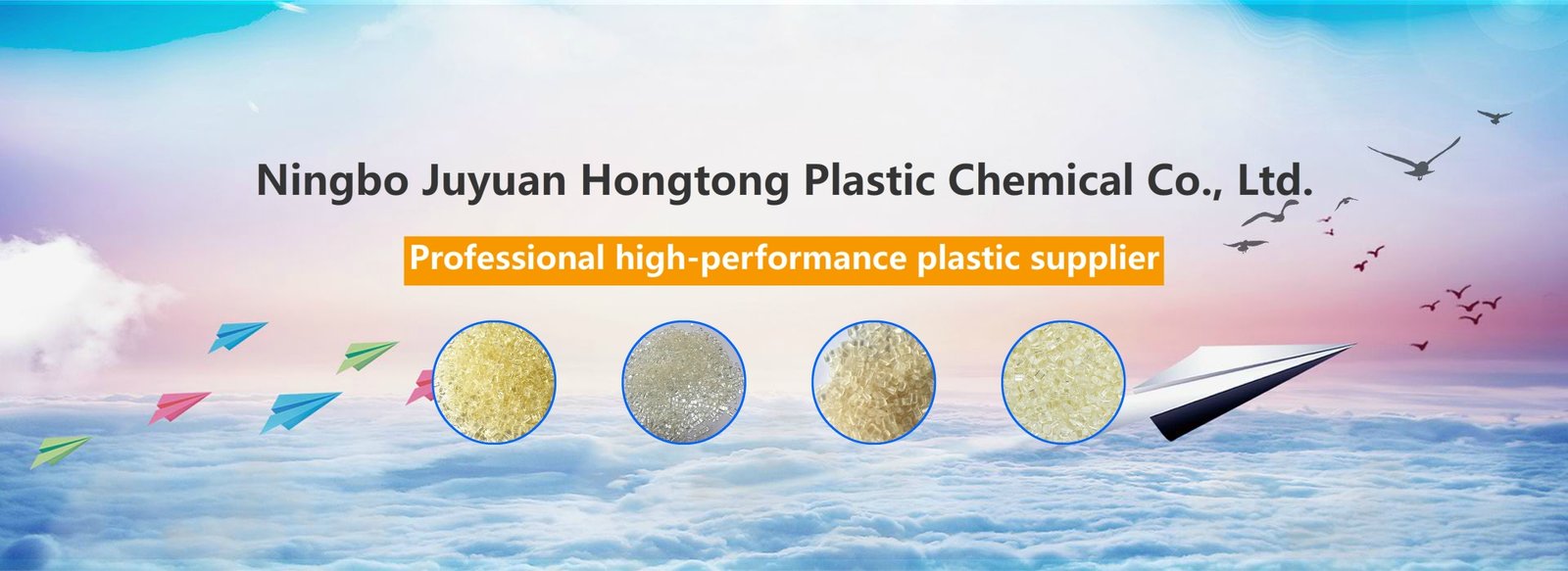I. The First Truth: Plastic is Indeed "Harmful," But Not the Whole Story
From a scientific perspective, the harm caused by plastic is objectively real.
Its behavior in the natural environment—especially its persistence after disposal—has become a global ecological challenge:
・Approximately 11 million tons of plastic enter the ocean annually;
・Over 90% of plastic waste is not fully recycled;
・Microplastics have been detected in marine life and even in the human circulatory system.
These figures are undeniable.
The "harm" of plastic lies in its inability to be quickly absorbed by natural systems, not in its "chemical toxicity."
In other words, the harm caused by plastic is an environmental management issue, not a problem of molecular structure.
It is worrying because it is "too successful"—durable, stable, and low-cost, yet also difficult to eliminate.

In fact, plastic is considered a "source of pollution" primarily for three reasons:
1️⃣ Difficulty in Degrading Waste
Traditional plastics (such as PE, PP, Và THÚ CƯNG) decompose slowly under natural conditions. If discarded indiscriminately, they will persist in soil or oceans for a long time.
2️⃣ The Microplastic Problem is Growing Seriously
Plastic products break down into tiny particles under the influence of sunlight, weathering, and friction, entering water bodies and the food chain.
3️⃣ Petrochemical Dependence and Carbon Emissions
Most plastics come from oil or natural gas, generating carbon emissions during production and transportation.
These problems do exist, but they don't mean "plastic = harmful."
Scientific research shows that the negative effects of plastics can be significantly improved through technology and management.
II. The Second Truth: Plastic Is “Victimized” Because We Forgot Its Positive Impact
Plastic is not merely a source of pollution; it also symbolizes efficiency, energy conservation, and modern industrialization.
From a Life Cycle Assessment (LCA) perspective, plastic's “emission reduction benefits” across multiple sectors are severely underestimated:
✅ Automotive Sector
Engineering plastics replacing metals can reduce vehicle weight by 10%, lowering fuel consumption by approximately 6% and cutting carbon emissions.
✅ Packaging Sector
Plastic packaging extends food shelf life and reduces waste. Data shows global food loss rates have decreased by nearly 30% due to plastic packaging use.
✅ Construction Sector
Insulating plastic materials (such as PU foam) can reduce building energy consumption by approximately 30%, improving residential energy efficiency.
✅ Healthcare & Public Health
Single-use medical plastics prevent cross-contamination, while plastic masks, syringes, and packaging form the foundation of public health safeguards.
These facts demonstrate that eliminating plastic entirely today could paradoxically increase global carbon emissions and resource consumption.
Plastic's “harmful” and “beneficial” aspects coexist—it poses disposal risks while simultaneously helping humanity reduce energy consumption.
The real issue isn't whether to use plastic,but whether we can achieve closed-loop plastic use.
III. The Third Truth: The Plastics of the Future Will Be Completely Different From Today
The past era of plastics was the "manufacturing era,"
The future era of plastics will be the "circular era."
This transformation is unfolding globally:
・The Rise of Recycled Plastics: Mechanical and chemical recycling technologies are maturing rapidly, and materials such as PCR ABS, rPP, and rPET have entered mainstream fields such as electronics, appliances, and automobiles.
・The Rise of Bio-based and Biodegradable Plastics: Materials based on renewable resources, such as PLA, PHA, and PBS, are developing rapidly, with a projected compound annual growth rate exceeding 18% by 2030.
・The Formation of a Circular Economy System: Shifting from "design-manufacturing-disposal" to "design-recycling-regeneration," plastics are being redefined as "recyclable resources," rather than disposable consumables.
IV. Rational Conclusion: Plastics Are Both Harmful and Irreplaceable
The scientific conclusion is not "plastics are harmless," but rather—
"Plastics are harmful, but controllable; unavoidable, but optimizeable."
In today's energy-intensive, globalized industrial system, almost no material can completely replace plastics in terms of performance, cost, and efficiency.
But we can make it more environmentally friendly, more circular, and less carbon-intensive.
This is precisely the focus of international plastic raw material suppliers like Juyuan:
・Promoting the application of high-quality recycled materials;
・Building low-carbon supply chains with manufacturers;
・Supporting the industrialization of bio-based and biodegradable plastics.
The future of plastics lies not in "discarding" them, but in "reshaping" them.
V. Epilogue: Rather than "anti-plastics," let's "evolve plastics."
"Is plastic harmful to the environment?" The scientific answer is not "yes" or "no," but "how we use it."
Plastics are a mirror of human industrial civilization—they expose problems and also carry hope.
As we move from "manufacturing disposable materials" to "managing sustainable resources,"
plastics will no longer be a burden on the environment,but will become a core carrier of green innovation.
🌍 When science and responsibility go hand in hand, plastics will transform from a questioned material into an understood future.

